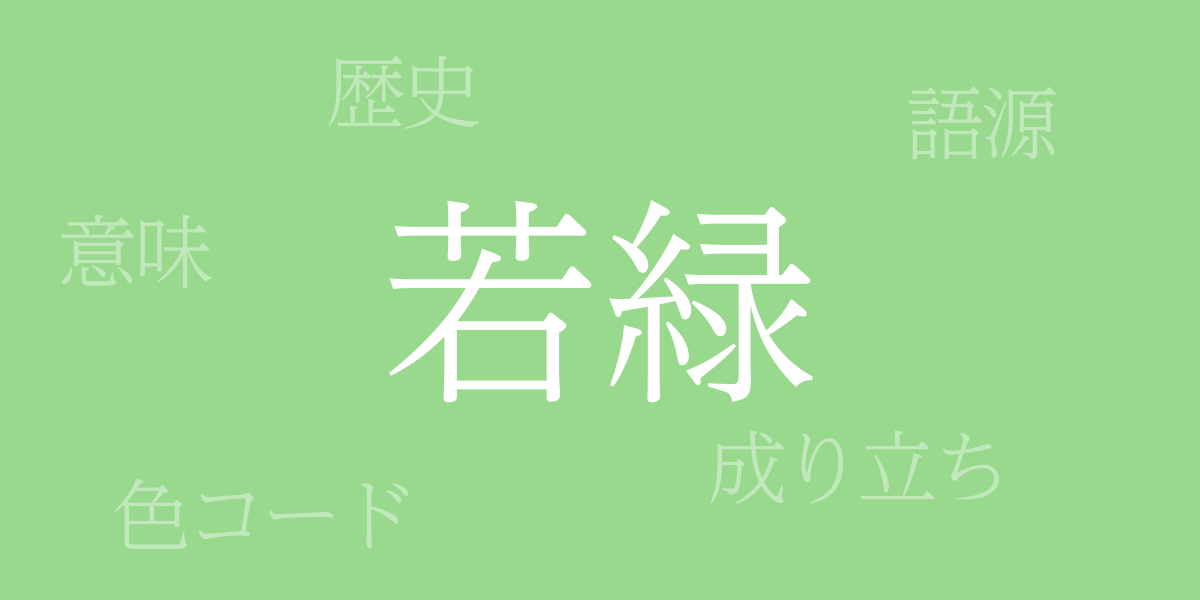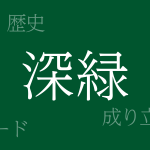The gentle colors of spring bring the breath of the season, epitomized by Japan’s traditional color ‘Young Green’ (若緑, わかみどり). Deeply rooted in Japanese nature and culture, this beautiful color is cherished by many. This article delves into the allure of Young Green, exploring its shades, history, and contemporary significance.
About Young Green (若緑)
Young Green (若緑) refers to a vibrant, soft green reminiscent of new sprouts and early spring leaves. It symbolizes the renewal and growth of life and has been beloved since ancient times. This youthful and refreshing color is utilized in traditional Japanese clothing, paintings, and even contemporary designs.
The History of Young Green
Youthful Green has appeared in Japanese color culture since the Heian period. Nobles of that era cherished the seasonal transformations of nature, reflecting these changes in their clothing colors. Young Green was particularly valued as a herald of spring’s arrival. It also features prominently in classical literature, reflecting the Japanese’s delicate sensibility towards colors.
Color Codes for Young Green
In digital design and printing, accurate color reproduction is essential. Below are the color codes for Young Green:
- HEX: #98D98E
- RGB: R:152 G:217 B:142
- CMYK: C:46 M:0 Y:57 K:0
Western Names for Young Green
In English, Young Green is sometimes referred to as ‘Young Green’ or ‘Fresh Green’. In specialized color terminology, it is also known as ‘Spring Green’, which conveys images of budding leaves and new growth. This beautiful shade of green has made a significant impact in international design circles.
Summary on Young Green
As its name suggests, Young Green evokes freshness and the vibrancy of nature. As a color symbolizing the Japanese seasons and providing soothing qualities, it has been loved by many for centuries. Today, it continues to be utilized in various fields such as fashion, interior design, and graphic design, enriching our lives with its lovely hues.

























